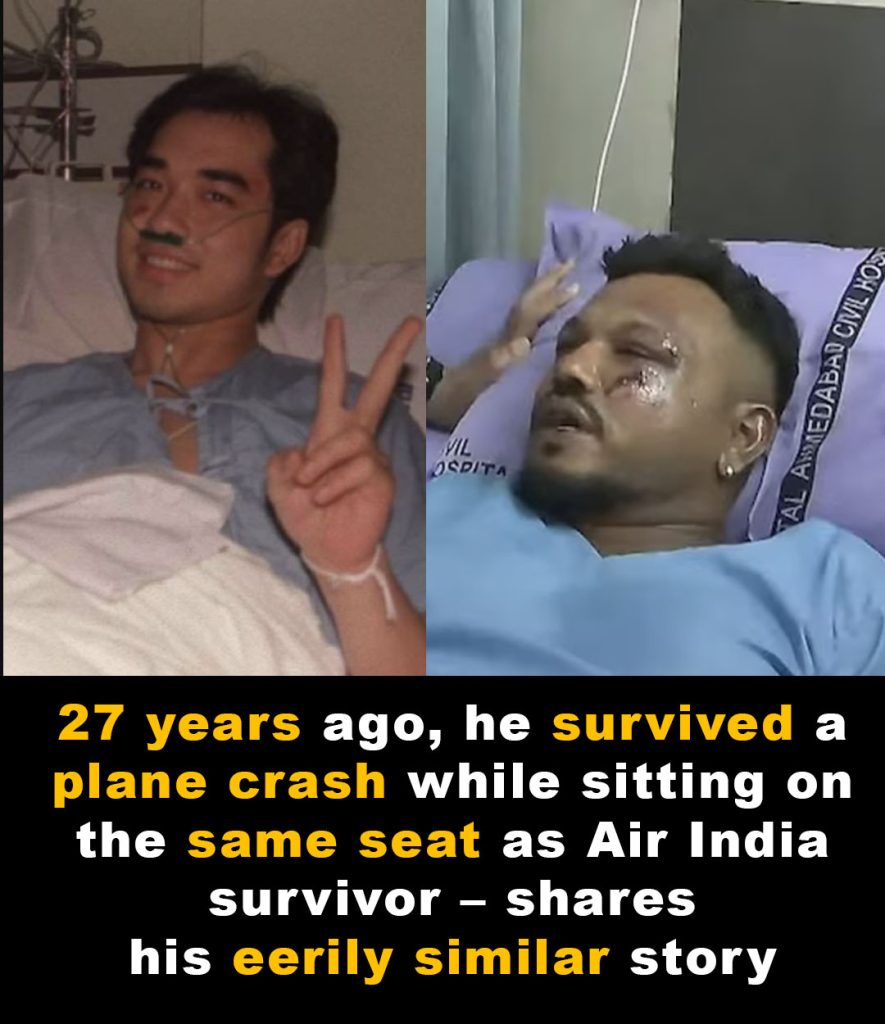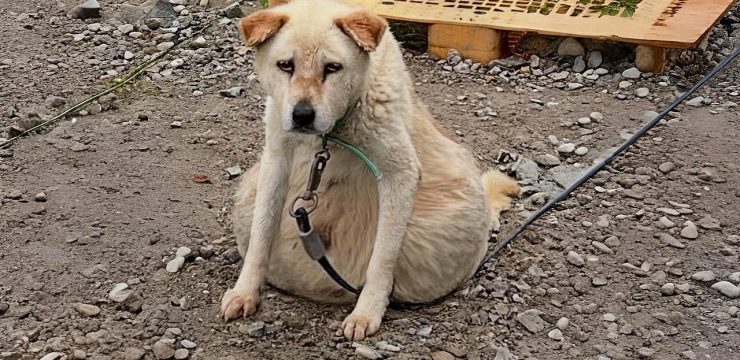The recent Air India crash stands as a deeply heartbreaking tragedy, one that has left countless families in grief and the world in shock. Out of the 244 people on board, only one person managed to survive—a fact that makes the incident all the more haunting. As investigators search for answers, the global community mourns, and stories begin to emerge. One of those stories comes from a Thai singer who felt an eerie connection to the tragedy. His past experience on a doomed flight in 1998 brought back painful memories that mirror this most recent disaster.

Ruangsak Loychusak, now 47, is a well-known Thai singer who was a passenger on Thai Airways Flight TG261, which met a horrific fate over two decades ago. The flight was traveling from Bangkok to Surat Thani and carried 132 passengers along with 14 crew members. During its attempt to land, the aircraft stalled and plummeted into a swamp, killing 101 people and injuring 45 others. Ruangsak was one of the few survivors. Watching the news about the Air India crash brought everything flooding back for him, especially when he noticed something he called “a strange coincidence.”
The sole survivor of the Air India crash, 40-year-old Vishwash Kumar Ramesh from Leicester, England, had been seated in 11A—the exact same seat number Ruangsak occupied on the Thai Airways flight back in 1998. “I got goosebumps,” Ruangsak said in an emotional social media post. “The lone survivor of the plane crash in India was sitting in the same seat number as me, 11A.” Though he no longer has his old boarding pass, Ruangsak recalls that news reports at the time confirmed his seat assignment. It’s a detail that has never left him, nor is it likely to.
“I want to offer my deepest condolences to the families of those who lost their lives,” he added. “It’s a pain you never forget.”
Reflecting on his own experience, Ruangsak described the aftermath of his crash as a rebirth. “I felt like I had been given a second life,” he said. But the journey of healing was long and difficult. For ten years after the crash, Ruangsak struggled with the simple act of flying. He described having trouble breathing even when the cabin’s air circulation was perfectly normal. He avoided social interaction while flying and developed peculiar habits to cope with his anxiety, like always keeping the window open, even if it made others uncomfortable. “I couldn’t let anyone close the window. I needed to see outside to feel safe,” he said.
Bad weather made it worse. “If I saw dark clouds or lightning outside, I’d feel like I was back in hell,” he confessed. “I can still remember everything—the sounds of the crash, the smell of the burning metal, and even the taste of the swamp water I landed in. For years, I kept those feelings buried inside.”
The Air India flight in question was a Boeing 787 Dreamliner. It crashed shortly after takeoff from India, never making it fully airborne before disaster struck. The aircraft was en route to London’s Gatwick airport but failed to reach its cruising altitude. Ramesh, the only person to survive, recounted the horrifying events to the media. According to him, the plane split in half midair, throwing him out of the aircraft just before a massive explosion occurred.
He was quickly rushed to the hospital, where Dr. Dhaval Gameti treated him. “He had injuries all over his body, but he’s out of danger,” Dr. Gameti said. Understandably, Ramesh was still in shock. “I don’t know how I made it out alive,” he told reporters. “I thought I was going to die. But when I opened my eyes and realized I was still breathing, I unbuckled my seatbelt and ran for my life.”
Tragically, he also watched as two cabin crew members died right in front of him. His seat, 11A, was right next to the emergency exit, which tore off during the crash, possibly offering him the slim chance of survival that others didn’t get. He described how moments after takeoff, something felt wrong. “It was like the plane got stuck in the air. The pilots tried to lift it higher, but it suddenly went full speed and crashed into a nearby building.”
The impact caused the aircraft to catch fire immediately, and Ramesh sustained burns on his arm. Despite his injuries, he managed to escape the wreckage. Videos of him limping away from the crash site quickly went viral, showing just how close to death he had come. Emergency responders were quick to act and rushed him to the hospital.
What makes the story even more devastating is that Ramesh was traveling with his brother, who is now presumed to be among the deceased. Recalling the chaos, he said, “When I stood up, there were bodies all around me. I was terrified. I just ran.” Disoriented and injured, he described seeing wreckage and body parts scattered everywhere. “Someone pulled me into an ambulance. That’s how I got here.”
This tragic event has shaken people across the world. For survivors of past crashes like Ruangsak, it reopens old wounds and brings back memories they wish they could forget. Yet, it also highlights the fragility of life and the strange, almost mystical ways in which fate sometimes intervenes. Two men, two different crashes, years apart—but the same seat number, and the same role: lone survivor.
As we reflect on these stories, our thoughts are with all those affected by the Air India crash. The pain of such a sudden loss is immeasurable. While nothing can undo the tragedy, the bravery of survivors and the strength of the families left behind deserve to be recognized. In the face of unimaginable loss, stories like Ramesh’s and Ruangsak’s remind us of the preciousness of life—and just how quickly everything can change.





